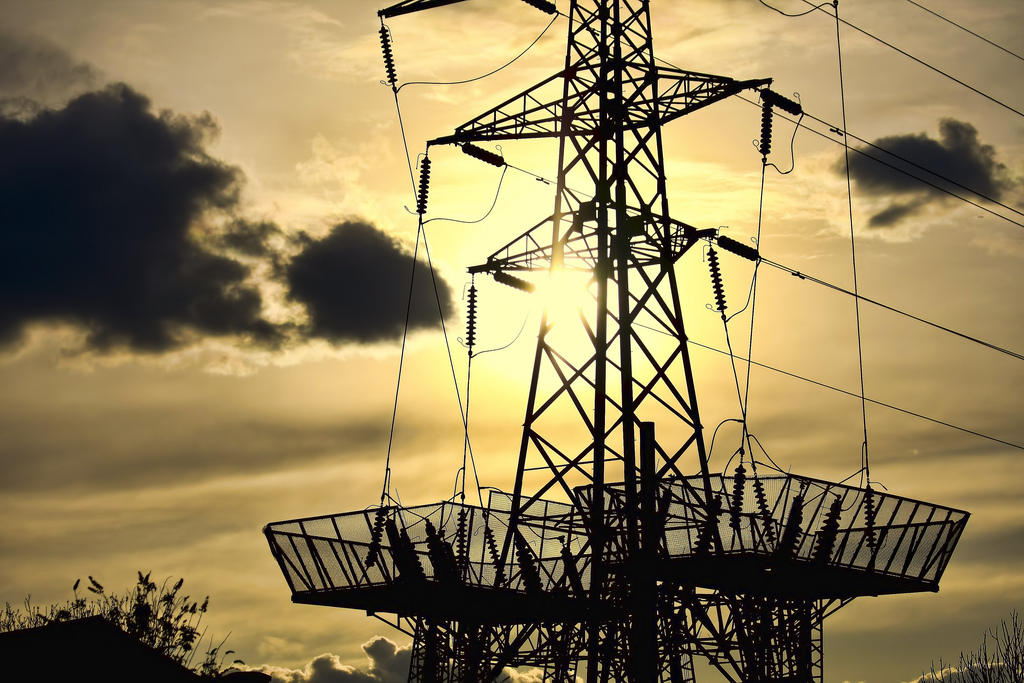By William Janhonen
As late as the mid-1930s, 9 out of 10 rural homes were without electric service. The farmer milked his cows by hand in the dim light of a kerosene lantern while his wife slaved over the wood range and washboard.
Electricity was unavailable in rural areas, which kept their economies entirely and exclusively dependent on agriculture. Factories and businesses were located in cities where electric power was more easily acquired. For years, power companies ignored the rural areas of the nation.
The first official action of the federal government paving the way to the present rural electrification program came with the passage of the Tennessee Valley Authority (TVA) Act in May 1933. This act authorized the TVA Board to construct transmission lines to serve “farms and small villages that are not otherwise supplied with electricity at reasonable rates.”
When President Roosevelt took office in 1933, the idea of providing federal assistance to accomplish rural electrification gained ground rapidly. On May 11, 1935, Roosevelt signed Executive Order No. 7037 establishing the Rural Electrification Administration (REA).
After the close of World War II, the number of rural electric systems in operation doubled, the number of consumers connected more than tripled, and the miles of energized line grew more than five-fold. By 1953, more than 90 percent of U.S. farms had electricity.
Today, about 99 percent of the nation’s farms have electric service. Most rural electrification is the product of locally owned rural electric cooperatives that got their start by borrowing funds from REA to build lines and provide service on a not-for-profit basis. Today REA is the Rural Utilities Service, or RUS, and is part of the U.S. Department of Agriculture.
Electric cooperatives are private, non-profit electric utilities that are owned by the customers they serve. They are incorporated by the state in which they operate and are established to provide “at-cost” electric service. In addition to electric service, electric cooperatives are deeply involved in their communities promoting development, small businesses, job creation and improvement of water and sewer systems while assisting in the delivery of health care and educational services.
Arizona’s cooperatives are part of a nationwide network that totals more than 900 local systems serving 42 million members/owners in 47 states. They distribute power over 2.5 million miles of line, or 42 percent of the nation’s electric lines. Cooperatives cover three-quarters of the nation’s land mass and own $140 billion in generation, transmission and distribution assets.
Arizona has several electric cooperatives which assist businesses, homeowners and industries that rely on their generation and transmission service provider to provide the lowest possible rates available. Several incentives include solar production rebates and “net metering,” whereby customers can receive credit from energy supplied back to the grid. For information on Arizona’s cooperatives, visit touchstoneenergy.com.








